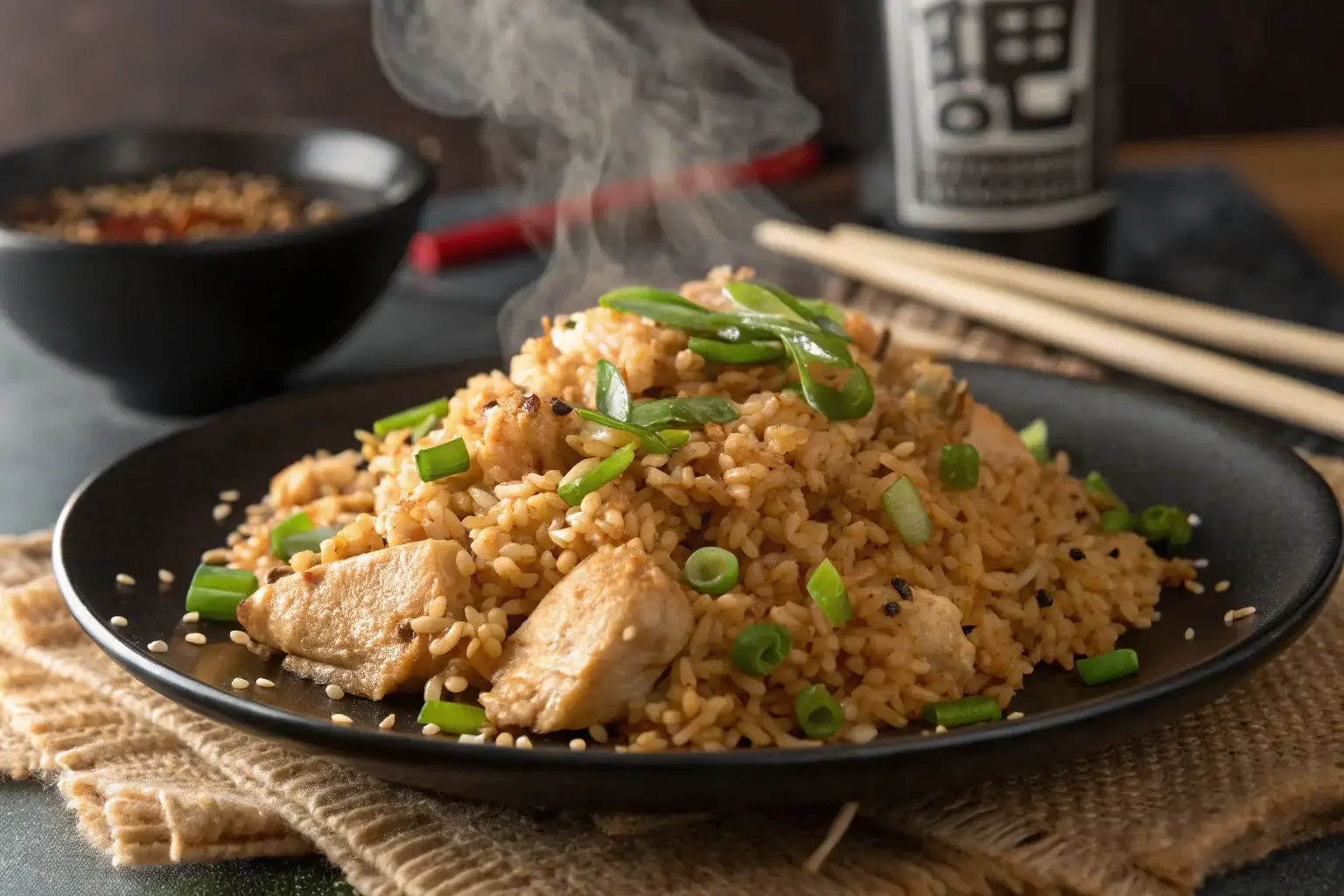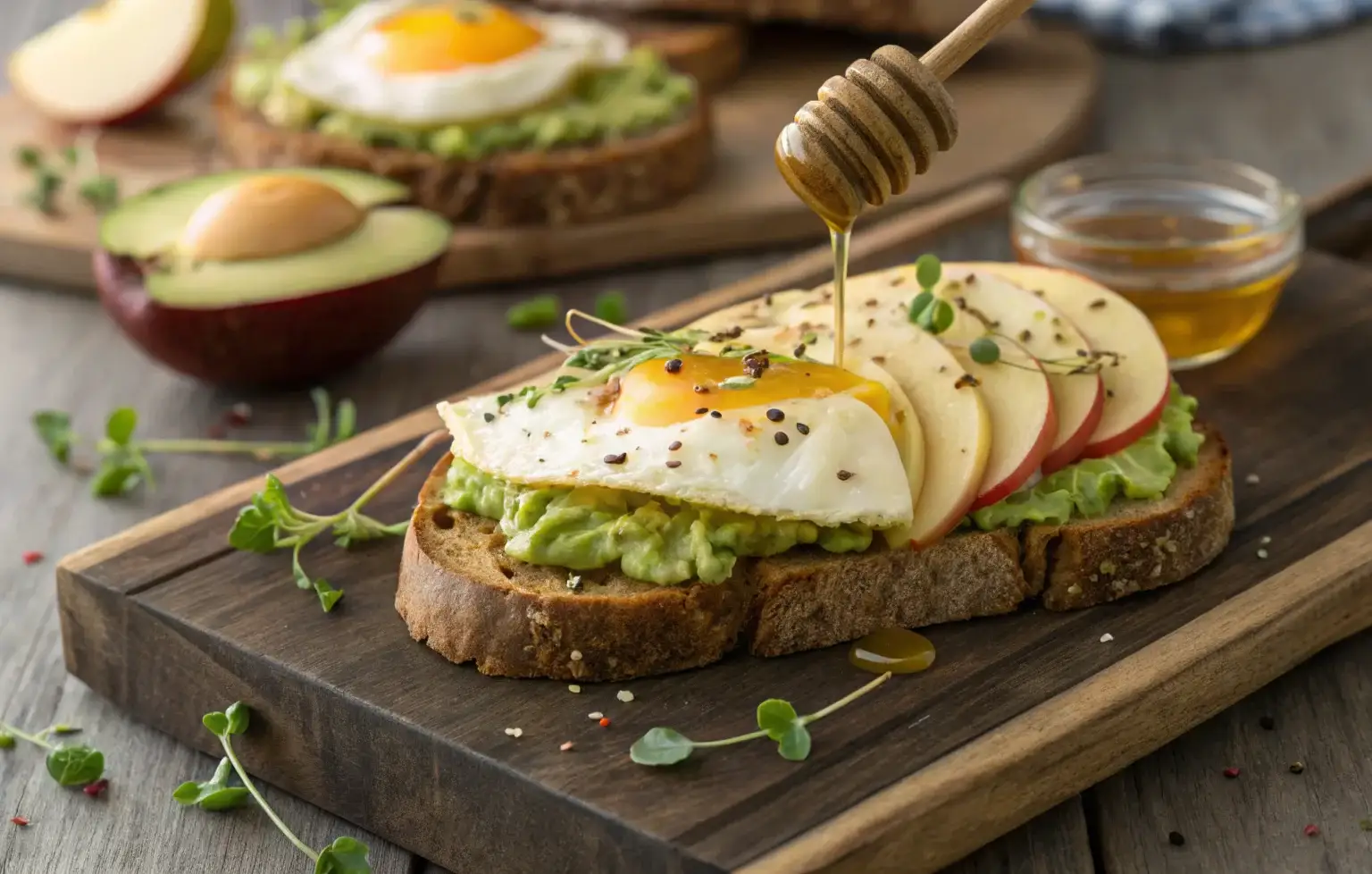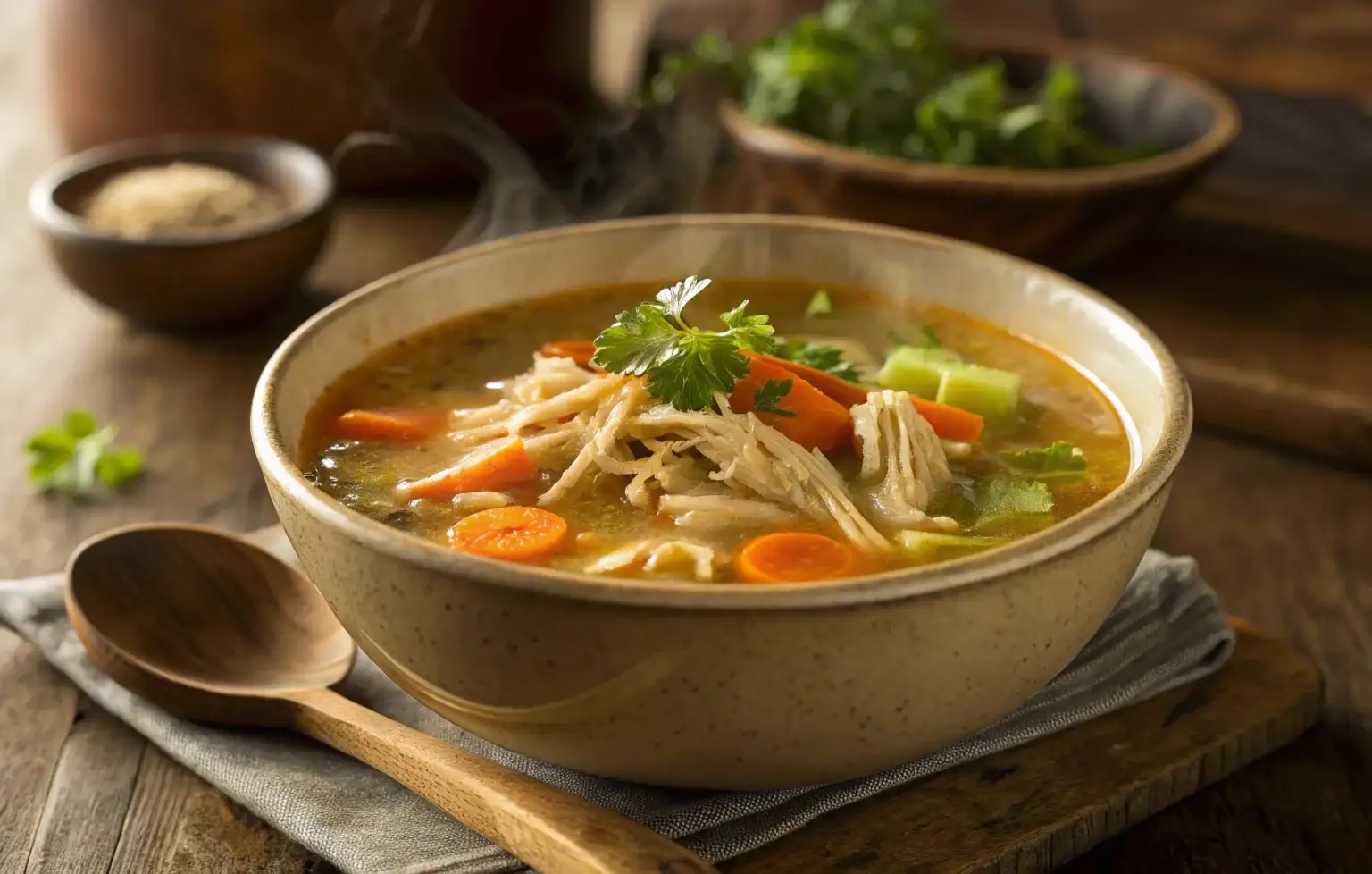Salsa macha is one of Mexico’s hidden culinary gems—a bold, spicy, nutty sauce that adds a burst of flavor to anything it touches. Rooted in tradition, this sauce is versatile, customizable, and surprisingly easy to make. Whether you’re looking to spice up your tacos, drizzle something unique over roasted vegetables, or dip your tortilla chips into a fiery delight, salsa macha is here to transform your meals.
In this guide, you’ll learn about the origins of salsa macha, the ingredients that make it special, how to prepare it step-by-step, and even tips for adding your own twist. Let’s dive into the rich world of salsa macha and discover why it’s become a favorite for foodies everywhere.
What is Salsa Macha?
The Origins of Salsa Macha
Salsa macha hails from Veracruz, a coastal region of Mexico known for its vibrant culinary traditions. Unlike the tomato-based salsas many are familiar with, salsa macha is oil-based, offering a completely different taste and texture profile. The word “macha” roughly translates to “brave” or “bold,” which perfectly describes the sauce’s fiery kick.
This unique condiment has its roots in indigenous cooking techniques, where local ingredients like dried chiles and seeds were combined to create flavorful sauces. Over time, African, Spanish, and Caribbean influences introduced new ingredients, such as nuts and oil, resulting in the rich, nutty salsa macha we know today.
Cultural Significance of Salsa Macha in Mexican Cuisine
In Mexico, salsa macha isn’t just a condiment—it’s a tradition. It’s often made in small batches at home, with each family adding its own signature touch. Whether served as a topping for tacos, a dip for bread, or a marinade for grilled meats, salsa macha embodies the bold and diverse flavors of Mexican cuisine.
This sauce isn’t limited to traditional dishes, either. Its versatility makes it a staple in fusion cuisines, where chefs experiment with pairing it with everything from pasta to sushi. Truly, salsa macha is a testament to the creativity and resourcefulness of Mexican cooking.
Stay tuned as we explore the ingredients that bring this sauce to life in the next section!
Ingredients for Salsa Macha
Essential Ingredients
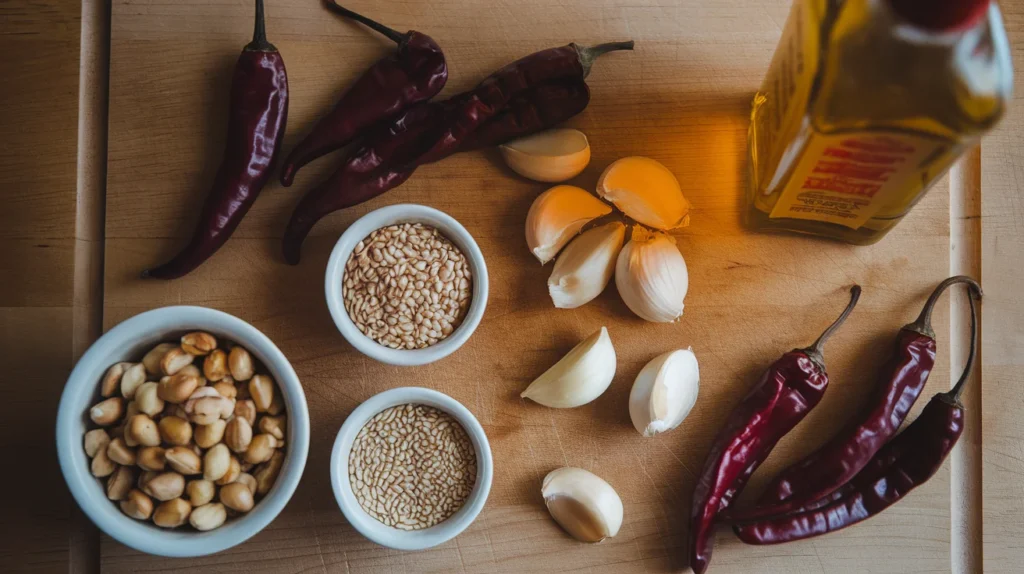
To make the perfect salsa macha recipe, it all starts with the right ingredients. The mainstay of this bold sauce is dried chiles, which provide its signature smoky heat. Common options include chile de árbol, guajillo, or pasilla, but you can mix and match based on your spice tolerance.
Nuts and seeds bring richness and texture. Popular choices are peanuts, sesame seeds, or even almonds, which add a nutty depth to the salsa. Oil is another key component. Traditionally, neutral oils like sunflower or peanut oil are used, but olive oil can add a distinct flavor.
Optional ingredients like garlic and spices, such as oregano or cumin, can enhance the taste and give your salsa macha a personalized twist. If you’re feeling adventurous, add a splash of vinegar or a touch of honey for complexity.
Choosing the Right Ingredients for Flavor Variations
The magic of salsa macha lies in its adaptability. Want a smoky, mild flavor? Opt for ancho chiles. Prefer something with a kick? Chile de árbol is your go-to. The type of nuts and oil you choose can also impact the final result. Using olive oil creates a fruity note, while sesame oil leans towards nutty flavors.
Experimenting with ingredient combinations allows you to create a salsa macha recipe that’s uniquely yours. Next, let’s get cooking and bring these ingredients to life!
Step-by-Step Recipe for Salsa Macha
Preparation of Ingredients
The foundation of any great salsa macha recipe is preparation. Start by cleaning the dried chiles—remove the stems and seeds for a milder heat, or keep them for an extra spicy kick. Heat a dry skillet over medium heat, then toast the chiles lightly. This step unlocks their smoky aroma but be cautious not to burn them, as it can make the sauce bitter.
Next, roast the nuts and seeds. Whether you’re using peanuts, sesame seeds, or almonds, a gentle roast will bring out their natural oils and enhance their flavor. Finally, peel and slice the garlic cloves, setting them aside for later.
Making the Salsa
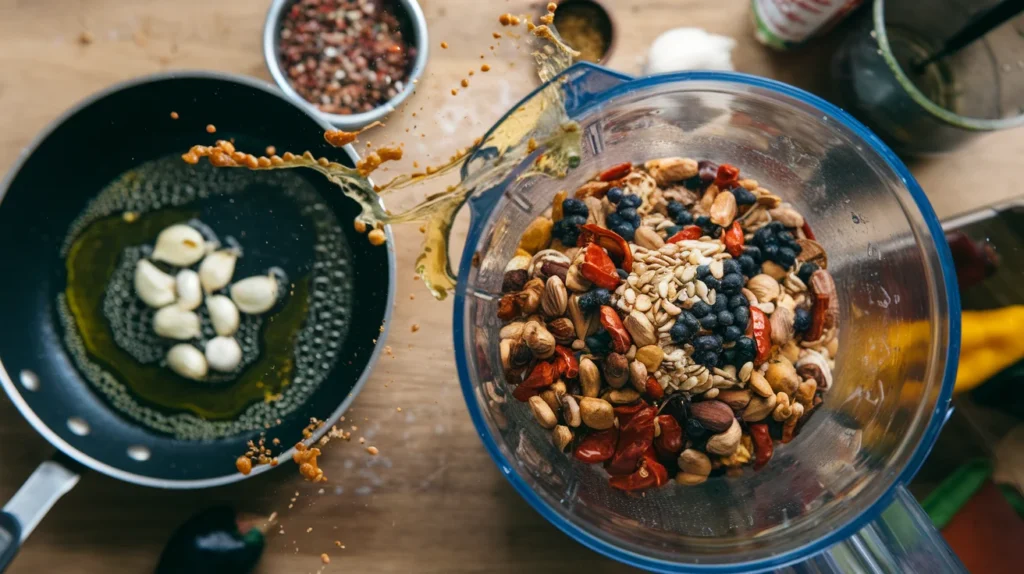
Heat your chosen oil in a saucepan over low to medium heat. Add the garlic slices and toast until golden—this flavors the oil. Remove the garlic, then add the toasted chiles, nuts, and seeds to the pan. Cook gently, allowing everything to infuse with the oil.
Once the mixture cools slightly, transfer it to a blender or food processor. Blend until you achieve your desired consistency—chunky or smooth, it’s up to you. Add salt to taste and, if desired, a splash of vinegar for brightness.
Storing Salsa Macha for Longevity
To preserve your salsa macha, store it in a clean glass jar and cover it with a thin layer of oil to seal in freshness. Properly stored, this sauce can last for weeks, making it a go-to condiment for any meal.
Now that you’ve mastered the basics, get ready to explore ways to customize this amazing sauce in the next part!
Flavor Variations and Customization
Sweet vs. Spicy Salsa Macha
One of the best things about salsa macha is how versatile it is. If you prefer a milder flavor, opt for sweet variations by including ingredients like honey or dried fruits such as raisins. These additions balance the heat of the chiles and create a harmonious blend of sweet and spicy.
On the other hand, if you’re all about the heat, go bold with spicier chile varieties like chile de árbol or habanero. You can even mix in a touch of cayenne pepper for an extra fiery kick.
Adding Unique Ingredients: Herbs, Fruits, and More
To make your salsa macha recipe truly stand out, consider experimenting with unexpected ingredients. Fresh or dried herbs like oregano or thyme can add a delightful aromatic touch. If you want to be adventurous, try blending in roasted tomatoes or even dried mango for a unique twist.
The possibilities are endless. These customizations ensure your salsa matches your taste preferences perfectly. Whether sweet or spicy, salsa macha is always a winner!
For more delicious ideas, explore our recipe collection for sauces and dips that complement any dish.
How to Use Salsa Macha in Everyday Meals
Classic Pairings
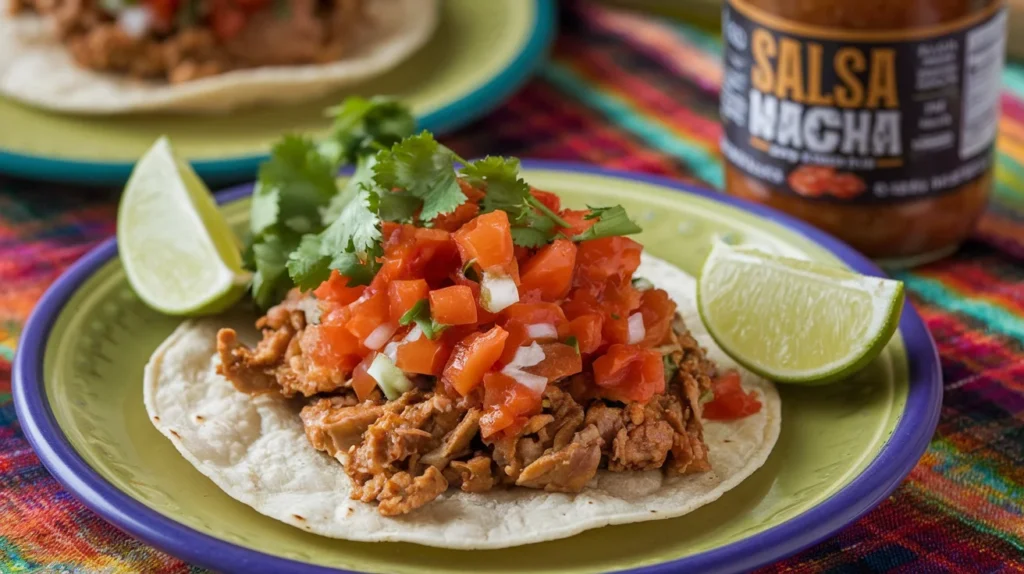
Salsa macha is the ultimate multi-purpose condiment. Drizzle it over tacos, tortas, or enchiladas to add a layer of bold flavor. It pairs beautifully with grilled meats like chicken or steak, acting as both a sauce and marinade.
For a simpler approach, use it as a dipping sauce for tortilla chips or a flavorful spread on toast. Its nutty, smoky profile also makes it a fantastic addition to traditional Mexican breakfasts, such as huevos rancheros or chilaquiles.
Innovative Ideas for Salsa Macha
Why stop at the classics? Take your salsa macha recipe to new heights by incorporating it into fusion dishes. Toss it with pasta for a spicy twist, or use it as a dressing for roasted vegetables. You can even mix it into hummus or yogurt for a unique dip that surprises and delights.
For seafood lovers, try brushing salsa macha on grilled shrimp or salmon—it’s a game-changer! With so many ways to enjoy it, salsa macha quickly becomes a kitchen staple.
Get creative and let this bold sauce inspire new culinary adventures. And if you’re curious about other amazing recipes, check out our guide to homemade salsas and spreads!
If you’re exploring Mexican cuisine, try this Red Rice Recipe to pair with your salsa macha
Health Benefits of Salsa Macha Ingredients
Nutritional Value of Chiles and Nuts
Salsa macha recipe ingredients are not just delicious—they’re packed with nutrients! Dried chiles are loaded with vitamins A and C, both of which help support a healthy immune system. They also contain capsaicin, a compound known to boost metabolism and reduce inflammation.
Nuts and seeds, like peanuts and sesame seeds, are fantastic sources of healthy fats, protein, and essential minerals such as magnesium and zinc. These ingredients provide long-lasting energy while contributing to heart health.
Healthy Fats in Salsa Macha
One of the highlights of salsa macha is its oil base. Using oils like olive oil or sunflower oil adds monounsaturated fats, which are known to lower bad cholesterol levels. This combination of healthy fats, protein, and antioxidants makes salsa macha not only flavorful but also a guilt-free addition to your meals.
Common Mistakes and Troubleshooting Tips
Burning the Chiles
One common mistake when preparing a salsa macha recipe is burning the chiles. This can easily happen during toasting if the heat is too high or the chiles are left unattended. Burnt chiles can make the salsa taste bitter. To avoid this, toast the chiles on medium-low heat and keep a close eye on them. They should become fragrant, not charred.
Achieving the Right Texture and Flavor
Another pitfall is blending the salsa to the wrong consistency. Over-blending can result in a smooth, almost liquid sauce, while under-blending leaves the mixture too chunky. Decide on your desired texture—chunky or smooth—before blending, and process accordingly.
Lastly, some people forget to balance the flavors. Adding a pinch of salt or a splash of vinegar can brighten the overall taste. If your salsa is too spicy, mellow it out with a little honey or roasted nuts. These small tweaks ensure your salsa macha recipe turns out perfect every time.
Let’s move forward to answer some commonly asked questions about salsa macha!
FAQs About Salsa Macha
Why is it called salsa macha?
The name salsa macha comes from the Spanish word “macha,” which means “brave” or “bold.” This name reflects the sauce’s strong, fiery flavors and rich, nutty taste. The term also signifies its assertive heat, making it a “bold” choice among Mexican condiments.
Is salsa macha the same as chili oil?
While salsa macha shares similarities with chili oil, they are not exactly the same. Salsa macha is a Mexican condiment made with dried chiles, nuts, seeds, garlic, and oil, offering a nutty, smoky flavor. Traditional chili oil, often associated with Asian cuisines, typically lacks nuts and has a simpler spice profile focused on chiles and aromatics.
What does salsa macha taste like?
Salsa macha delivers a complex flavor profile. It’s smoky, nutty, and slightly spicy with a rich, velvety texture. Depending on the ingredients, it can also have subtle sweet, tangy, or earthy undertones, making it an incredibly versatile sauce for a variety of dishes.
Does salsa macha go bad?
Yes, salsa macha can go bad if not stored properly. To extend its shelf life, store it in a clean, airtight jar and ensure a thin layer of oil covers the surface. Keep it in the refrigerator for up to 2–3 months. Always use clean utensils when serving to prevent contamination. If it smells rancid or develops mold, it’s time to discard it.
Salsa Macha Around the World
How Different Regions Adapt Salsa Macha
Though salsa macha originated in Veracruz, its popularity has spread across the globe. Regional adaptations often reflect local tastes and available ingredients. For instance, in some parts of Mexico, pistachios or almonds replace peanuts for a different flavor. In Oaxaca, sesame seeds are more common, giving the salsa a nuttier finish.
Outside Mexico, chefs have incorporated salsa macha into fusion dishes. In the U.S., it’s often paired with fried chicken or even burgers, while in Asia, its nutty profile complements rice bowls and stir-fries.
Global Fusion Recipes Using Salsa Macha
The versatility of a salsa macha recipe makes it a favorite in fusion cooking. Imagine drizzling it over sushi for a spicy kick or mixing it into Italian pasta dishes for a bold, smoky touch. No matter the cuisine, salsa macha adds an unexpected depth that elevates any dish.
In the next section, we’ll wrap up with related recipes and ideas to expand your culinary adventures!



